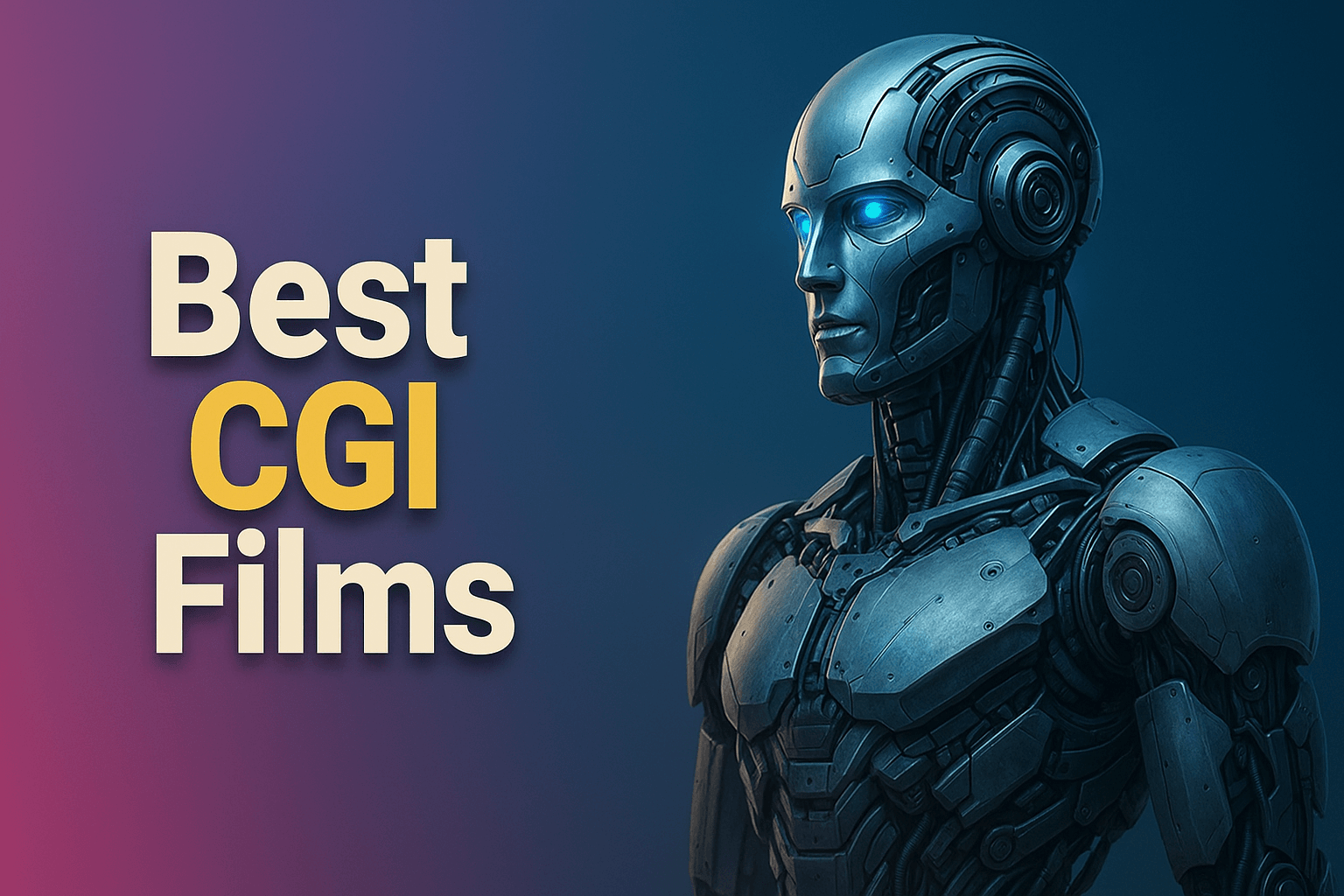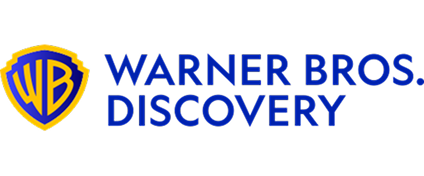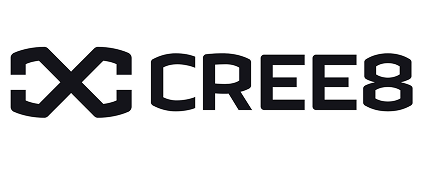The Best CGI Films: A Strategic Guide for Executives

Introduction
In the media and entertainment industry, the ability to create visually stunning worlds and characters is a core competitive advantage. For a content executive or production financier, understanding the history of computer-generated imagery (CGI) is not just an academic exercise; it is a way to appreciate the technological and artistic benchmarks that have defined the industry for decades.
CGI has become an essential tool for filmmakers, allowing them to create visuals that would be impossible or impractical to achieve with practical effects alone. However, navigating the vast and complex ecosystem of VFX studios, understanding their specialties, and identifying the right partner for a project remains a significant challenge.
This article provides a strategic overview of the best CGI films in history, offering a framework for how these innovations have transformed the industry and how a data-driven approach can help you connect with the talent behind them.
Key Takeaways
| Core Challenge | Identifying and vetting the right CGI and visual effects (VFX) studios for a project is a complex, data-intensive process that is often hindered by fragmented information. |
| Strategic Solution | Utilize a comprehensive data platform that provides a real-time, global view of VFX studios, their project track records, and their key decision-makers. |
| Vitrina’s Role | Vitrina’s platform links projects to companies and executives, empowering you to source hyper-qualified partners and make data-driven decisions in the entertainment supply chain. |
The Strategic Evolution of CGI
Computer-generated imagery, or CGI, has been an integral part of filmmaking for decades, but its role has evolved dramatically. The earliest uses of CGI date back to the 1970s and 1980s with films like Westworld (1973) and Tron (1982). These early applications were revolutionary, using primitive digital imagery for things like point-of-view shots and a full 3D graphics world for light cycle battles. However, it was the late 1980s and early 1990s that marked a true inflection point.
James Cameron’s The Abyss (1989) employed early digital technology to create a 75-second “water tentacle” sequence that took eight months to complete. This foundational work paved the way for his next film, Terminator 2: Judgment Day (1991), which featured a liquid metal cyborg villain, the T-1000, brought to life with “revolutionary morphing technology”. For the first time, a lead character was created, in part, with CGI. The subsequent release of Steven Spielberg’s Jurassic Park (1993) cemented CGI’s place in mainstream cinema, using a combination of motion capture and digital models to create lifelike dinosaurs that “still look amazing”.
Following these breakthroughs, the industry witnessed a rapid proliferation of CGI. Pixar’s Toy Story (1995) became the first-ever fully CGI feature film, setting a new standard for animated movies. In the 21st century, films like The Lord of the Rings trilogy revolutionized character animation with Gollum and introduced the use of AI for digital actors. This progression from a novel effect to an essential tool is a testament to the power of innovation in the entertainment supply chain.
However, for a producer today, the challenge is no longer just about the technology itself, but about finding the right partners who can deliver a specific visual style and technical capability. Manually researching and vetting studios, their projects, and their key personnel is a time-consuming and inefficient process.
Our Evaluation Framework: What Makes CGI Great?
When assessing a film’s CGI, my analysis extends beyond simple spectacle. There are three key criteria for what makes CGI truly impactful: technical groundbreaking, seamless integration, and artistic vision. A film may have a massive budget, but if the CGI looks “iffy” or fails to serve the story, it is not truly successful. The best CGI, in fact, is often the kind you do not even notice. It enhances the storytelling without drawing attention to itself.
Our framework for selecting the films on this list prioritizes works that either:
- Pioneered a new technique or technology that changed the industry.
- Achieved a level of photorealism or artistry that was previously thought impossible.
- Seamlessly integrated CGI with live-action footage to create a truly believable world.
This approach helps distinguish a film with “good-looking” CGI from a film that fundamentally changed the business of visual effects. For instance, while a movie like The Lion King (2019) is visually stunning, films like Jurassic Park or Terminator 2 are included because they were true milestones that pushed the entire industry forward.
The Most Impactful CGI Films of All Time
In my review of the entertainment supply chain, these films stand out as strategic benchmarks for the evolution of CGI. Each represents a significant leap forward in technology and artistry, providing valuable context for anyone working in the industry.
- Terminator 2: Judgment Day (1991): This film is a landmark because it was the first feature film to create a lead character, the T-1000, in part with CGI. The use of “revolutionary morphing technology” was a major milestone.
- Jurassic Park (1993): By seamlessly blending computer-generated dinosaurs with animatronic puppets, Jurassic Park made CGI characters feel alive and physically present in the live-action world. Its groundbreaking visual effects were a “game-changer” for special effects.
- Toy Story (1995): As the first fully CGI feature film, Toy Story “pioneered 3D computer animation” for a full-length film and “reinvigorated animation”. Its success established 3D animation as an industry standard.
- The Lord of the Rings: The Two Towers (2002): The creation of the character Gollum was a watershed moment for performance capture and character animation. Andy Serkis’s stunning performance was captured and translated into a CGI character, setting a new benchmark for lifelike digital acting.
- Avatar (2009): James Cameron’s Avatar “revolutionized” the industry with its use of groundbreaking motion capture technology designed to work underwater and create immersive, believable alien creatures. It set a “new benchmark for CGI” with its intricate character design and immersive world.
- The Irishman (2019): Martin Scorsese’s film is renowned for its use of de-aging technology to transform actors like Robert De Niro and Al Pacino. This subtle, yet complex, application of CGI showcased its potential for historical and dramatic narratives, not just fantasy or sci-fi.
- Spider-Man: Across the Spider-Verse (2023): This film is a masterclass in pushing the artistic boundaries of CGI. It combined bold storytelling with striking animation to create a visually dazzling, action-packed experience. The film’s unique aesthetic showcases a move away from hyperrealism towards stylized visual innovation.
How to Find the Right VFX Partners
As the films on this list demonstrate, a studio’s strategic success is often directly tied to its ability to find and collaborate with the right VFX and animation partners. However, the process of finding these partners can be a significant bottleneck for business development and content acquisition teams. The ecosystem is global and fragmented, with thousands of service providers, each with their own unique specialties, from photorealistic creatures to stylized character animation.
The traditional approach of relying on outdated directories, cold calls, or word-of-mouth is no longer sufficient. A senior executive needs a data-driven platform that can provide a holistic view of the global supply chain. This means having access to intelligence that links projects to the specific companies and executives who worked on them. For example, if you need a studio with expertise in creating a photorealistic monster, you need a system that can quickly identify and profile companies like Industrial Light & Magic (ILM) or Weta FX based on their verified project history on films like Jurassic Park or Lord of the Rings.
This is where a platform like Vitrina becomes a force multiplier. It provides a strategic, integrated view of the entertainment supply chain. For example, a search can identify not only a studio with a specific track record but also the key decision-makers within that company.
This intelligence is crucial for sourcing co-production partners, finding emerging talent, and tracking the competitive landscape. For a deeper understanding of how this kind of intelligence is applied, you may find our blog post on How to Scout Co-Production Partners by Genre insightful. Similarly, our article on The Future of VFX and Animation in Film provides a framework for tracking emerging trends at scale.
Conclusion: From Vision to Execution
The history of CGI in film is a story of continuous innovation, from the early morphing effects of Terminator 2 to the de-aging in The Irishman and the stylized artistry of Spider-Man: Across the Spider-Verse.
For an executive, appreciating this history is a strategic exercise in understanding the capabilities of the global creative ecosystem. However, that knowledge is only valuable if it can be translated into actionable intelligence. The days of relying on fragmented data are over; the market demands a holistic, data-first approach.
To thrive in this environment, you need a single, continuously updated source of truth. A platform like Vitrina provides this by linking projects, companies, and decision-makers in a structured database.
This allows for the kind of surgical, data-driven analysis that transforms a complex industry into a clear landscape of opportunities. It is the mission-critical tool for moving from a reactive, manual approach to a proactive, strategic one. Start your strategic discovery today.
Frequently Asked Questions
Vitrina’s platform enables you to search for and profile VFX and animation studios based on their specific services, genres, and project track record. It provides a comprehensive view of their work to help you find the best fit.
CGI (Computer-Generated Imagery) is a specific application of computer graphics used to create or enhance images, while VFX (Visual Effects) is a broader term that encompasses all techniques used to create or alter imagery for film, including CGI, practical effects, and compositing.
Yes, Vitrina has strong coverage of over 15,000 post and service vendors in over 100 countries. This includes deep profiling of niche and regional players who may not have a strong public online presence.
Yes, Vitrina provides verified contact data for over 3 million decision-makers and functional heads in the M&E industry. Profiles are tagged by department and role, making it easy to find the right person for outreach.















































